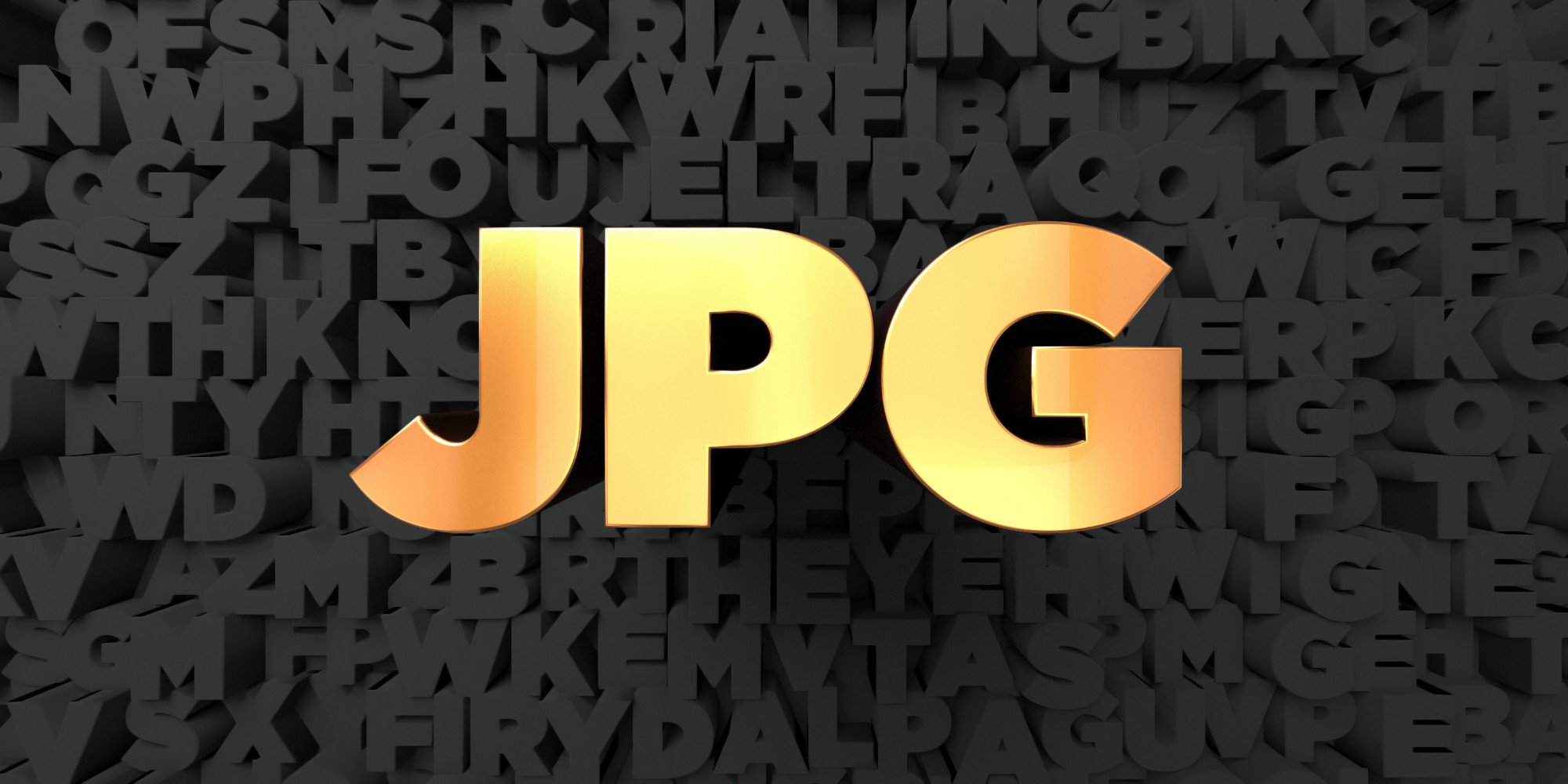Do you need to display a web page as part of a presentation? Or perhaps you want a web page saved as a handy image?
If this is the case, it may be tempting to take a screen capture of the website. While this does work, you’ll only be able to capture the small section of the page that displays on your screen. If you want to save the entire page, you’ll end up having to screen capture different parts of the page and save the different parts separately.
A better method is to convert HTML to JPG.
Luckily, this is easy to do and will leave you with a clean and aesthetically pleasing image of the webpage to use. Here are some ways to convert HTML to JPG.
What Is HTML?
If you’re unsure of what HTML actually is, it might be best to learn before making your conversion.
HTML is short for HyperText Markup Language and it’s the standard text used to create web pages on the internet. Along with CSS and JavaScript, HTML is the technology used by many websites to produce competent and visually engaging webpages, user interfaces for web applications, and user interfaces for mobile applications.
HTML files basically create the building blocks of all websites. This language allows images and objects to be embedded into a webpage and it can also be used to create features such as interactive forms.
HTML builds web pages by creating structures such as headings, paragraphs, lists, links, quotes, and other items in the text on a webpage. It’s commonly associated with programs and browsers like Mozilla Firefox, Opera, Google Chrome, and Internet Explorer.
What Is A JPEG?
Likewise, you should understand exactly what a JPEG is too.
JPEG is most commonly used as a file of lossy compression for digital images. This is particularly so for images created by digital photography.
The degree of compression can be played with and adjusted which can affect the quality and how much storage space the image takes up on a computer.
Typically, a JPEG achieves 10:1 compression with little observable loss in image quality.
Files that employ JPEG compression are called JPEG files and are stored in variations of the JIF image type. Typically, most image capture devices like digital cameras that output JPEGs produce files in the Exif format first. This is the format that the digital camera industry has standardized.
Common programs that associate with JPEG include Apple Safari, Google Chrome, Mozilla Firefox, Internet Explorer, Adobe Photoshop, Paint, GIMP, and Pixel image editor.
Converting HTML to JPEG
Now that you understand exactly what HTML and JPEG are, let’s learn how to convert HTML to JPEG.
1. Use an Image Editing Program
An easy way to convert HTML to JPEG is by using a browser and an image editing program.
Firstly, open your HTML up in the browser of your choice. Firefox, Chrome, or Safari would work in this instance. If the HTML page is up on the web, you can simply visit the URL of the website.
If the HTML file is saved to your computer, go to the menu bar on your browser and select File, then Open and select your HTML file.
Click file, then print. Don’t worry, we won’t really be doing any printing. This is just part of the process.
The Print Options window should open. Click the PDF button in the print options and select Save as PDF. Your browser will ask you choose a file name and you’ll need to save it in a location.
In an image editing program, open up the PDF. We suggest using Adobe Photoshop or GIMP.
Go to File and then select Save As. You’ll be prompted to choose a file name and type for your image. Choose a name and select JPG. Then click save once you’re done.
Voila!
2. Use a Universal Document Converter
Alternatively, you can download a Universal Document Converter to convert HTML to JPG. This professional software will make the conversion for you.
Visit the Universal Document Converter webpage and download the software onto your computer. Once it’s installed, launch the program.
Open the HTML file you want to convert in Internet Explorer. Select Tools, then Internet Options, then Advanced.
Next, in the Printing section, check the boxes for Print background colors and image option. Then click OK.
Click on the File button and select Page Setup. Next, you’ll need to deduct any text from the Header and Footer. Then click OK.
Select Choose File button again and proceed to click on Print. Then select Universal Document Converter in the Print window and then click on preferences.
Click on Load Properties and use the Open dialog to select Webpage to PDF.xml. Then click on open.
In File Format tab, select JPEG image and click OK. Finally, click the Print button again to start the conversion of HTML to JPEG. By default, your converted JPEG file will be saved to My Documents\UDC Output Files.
3. Use an Online Conversion
Finally, you may decide to use an online conversion for a quick and easy turnaround.
Search the internet for an online conversion like ours to change your HTML file into a JPG.
At the top of the page, click Document Conversion. Then rest your browser on HTML conversion. You can then click on HTML to JPEG.
Click on browse to add your file. Then, tick the security check box to prove you’re human. You can then click on convert and your file will download instantly.
You’ll have your JPEG file ready within seconds!
Ready to Convert HTML to JPG?
Using one of these three methods, you’ll be able to convert HTML to JPG with complete ease.
Want to learn how to compare and contrast image file formats? Learn how to here!
